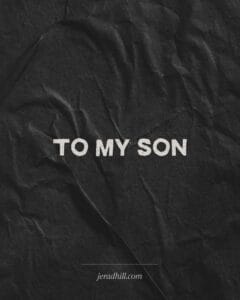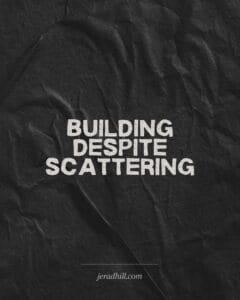A Progress Report From My Self-inflicted Digital Detox
Last month, I declared war on cheap dopamine. I had a fresh iPhone 17 Pro Max and the conviction of someone who’d owned 180 devices before it. I was going to live like it was 2007 again.
The reality check came quickly. I need apps to function in 2025. Banking, fitness tracking, and basic life management all require apps now. So much for my pristine phone. But I held firm on the important boundaries: no social media apps, no YouTube. I check my inboxes through a web browser once or twice a week. YouTube only happens when I’m on the treadmill or stationary bike.
When Instagram Caught Me Slipping
Yesterday, Instagram caught me slipping. I was checking my messages when the redesigned interface pulled me in. They’ve eliminated the dedicated Reels tab. Everything’s mixed into the feed now, following TikTok’s playbook.
Ten minutes passed before I realized what was happening and closed the app. In those ten minutes, I was consuming outrage: Israel and Charlie Kirk debates, conspiracy theories, all of it.
It reminded me of the movie “28 Days Later.” The opening scene shows scientists forcing monkeys to watch violent content to study rage for developing an anti-aggression drug. Activists break in, release an infected chimp, and the rage virus spreads, turning Britain into a wasteland.
We’re the monkeys now. We’re voluntarily watching, and we’re paying for it.
The Algorithm Shifts
The algorithm used to feed me self-development content or memes, with occasional metal drumming performances. It seemed to know what I was in the mood for. The self-help content had created its own problem. I was becoming increasingly aware of what I needed to do, but unable to find sustainable ways to do it while maintaining the rest of my life.
Now the algorithm has changed with its goal set on increasing my blood pressure.
Uncomfortable Clarity
Without the constant distraction of my phone, I’ve been thinking and reading more. And I’m facing an uncomfortable truth: I’m not sure what I’m doing anymore.
I think I’m outgrowing my work. Website design, email marketing, photography; I’ve been doing this most of my adult life. Last week I photographed 500+ students and faculty for school portraits. I excel at these things. But the fulfillment is fading.
I’ve been trying to pivot to more scalable offerings. You might remember Site Nitro, my new business venture. It’s a good idea that would likely succeed. But my heart isn’t yet in it, and I need to understand that deeper before I add another responsibility to my life.
Processing Through Writing
The 30-day Substack writing challenge has helped me think through these feelings. Topics built on each other, occasionally pivoting, creating a map of thoughts I didn’t realize I was drawing. I could keep these private, but posting publicly sometimes leads to conversations that remind me I’m not alone in these experiences.
Everything I’ve learned serves a purpose. I don’t know what comes next yet. I’m not abandoning my current work; my clients need me, and I need the stability. But I’m reconfiguring, maintaining value for them while creating space to explore what’s next.
The Question
In an hour, I’m meeting a friend to discuss ministry opportunities at church. Site Nitro will wait until I have clarity about moving forward with something that provides both external value and internal fulfillment.
This is the question I keep returning to, and maybe you do too:
How do we distinguish between a genuine calling to something new and the restlessness of a brain trained to need constant novelty? When our culture is designed to make us perpetually dissatisfied, how do we know if our discontent is meaningful or just withdrawal from stimulation?
I don’t have the answer. But for the first time in years, my brain is quiet enough to sit with the question instead of immediately reaching for distraction.



